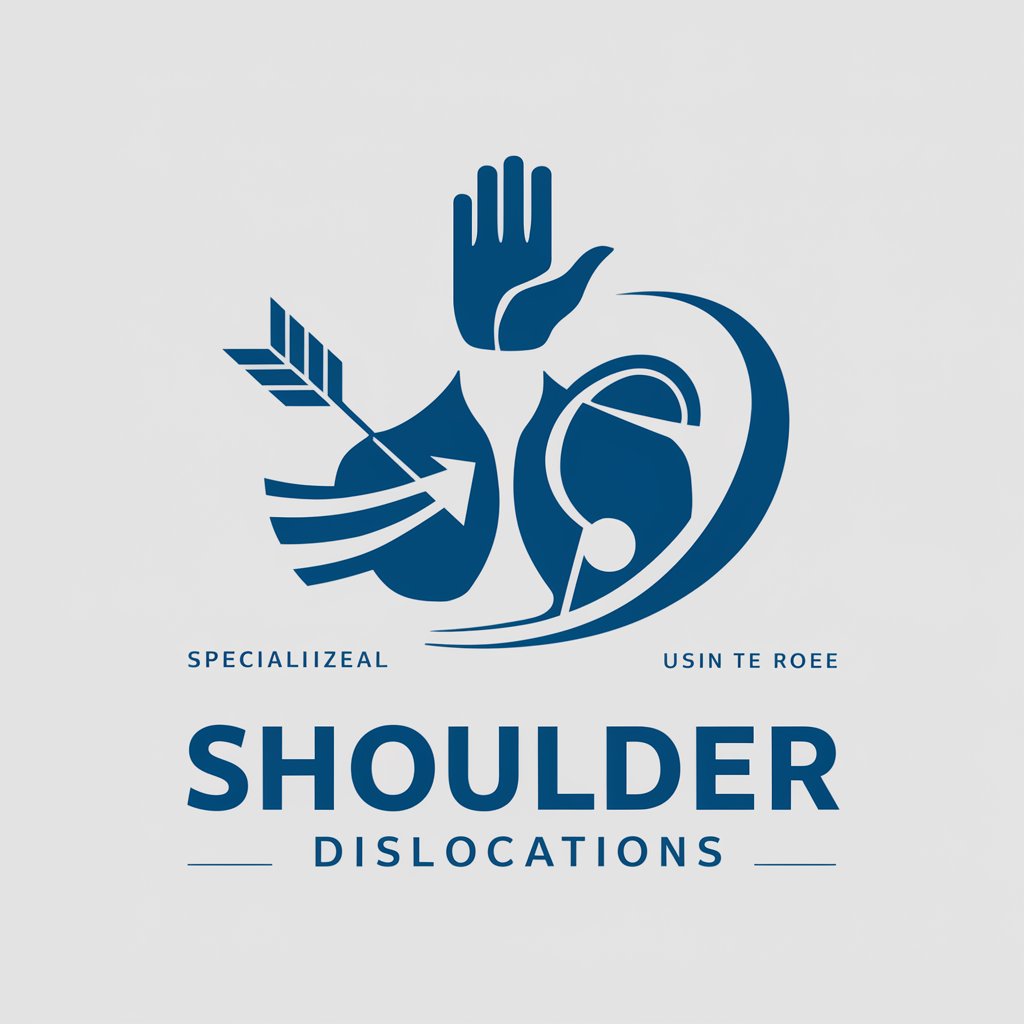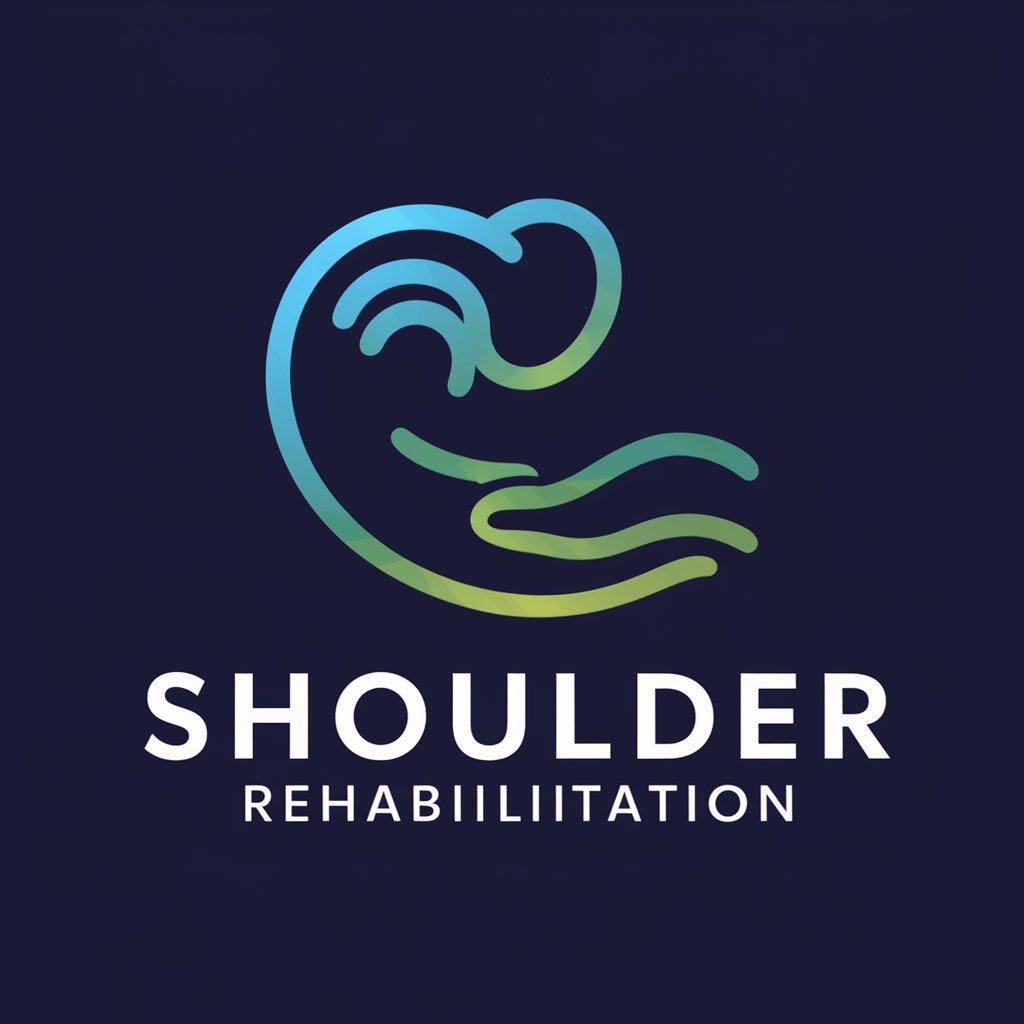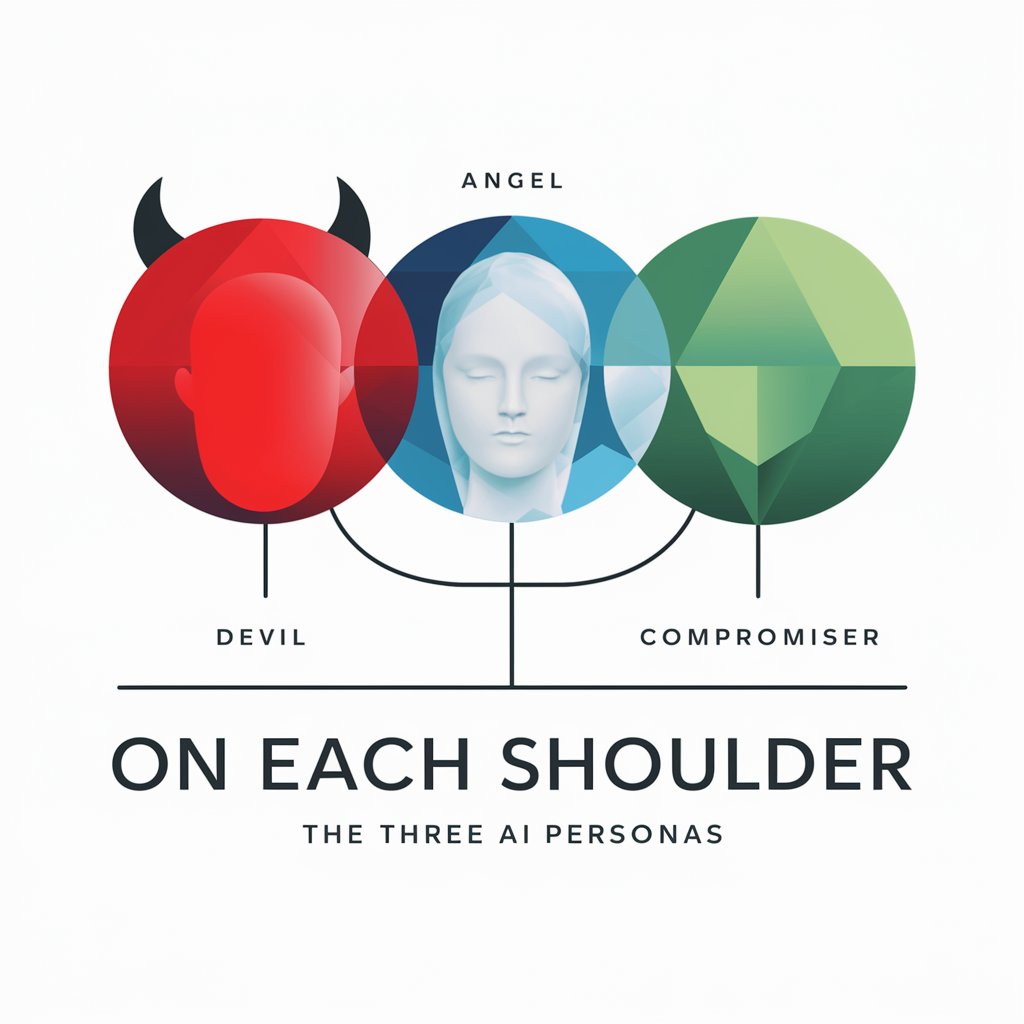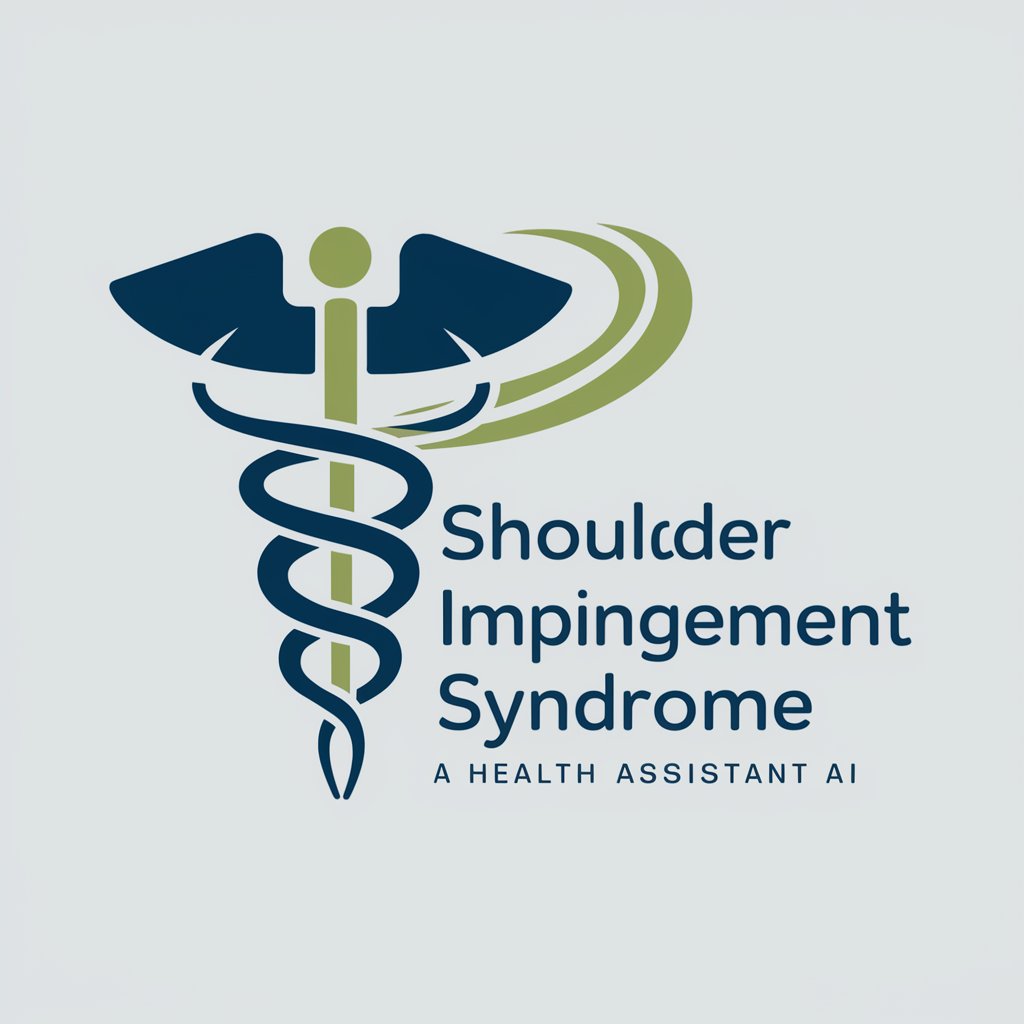Shoulder Dislocation - Shoulder Dislocation Advice

Hello! How can I assist you with shoulder dislocation guidance today?
Expert guidance on shoulder dislocations, powered by AI.
What are the primary symptoms of a shoulder dislocation?
How should one provide first aid for a dislocated shoulder?
What are the most common causes of shoulder dislocations?
When is it essential to seek professional medical care for a shoulder dislocation?
Get Embed Code
Introduction to Shoulder Dislocation Expertise
Shoulder Dislocation, as an expert system, is designed to provide comprehensive guidance on managing shoulder dislocation emergencies. It is tailored to offer practical, easy-to-understand advice on identifying symptoms, understanding causes, and explaining treatment options, including first aid measures for individuals experiencing or witnessing a shoulder dislocation. This system is crafted with a focus on safety, ensuring that non-medical users can follow the advice without inadvertently causing harm. For example, while it will describe how to recognize a dislocated shoulder through symptoms like intense pain, visible deformity, and limited movement, it advises against attempting to reposition the shoulder, emphasizing the need for professional medical intervention. Powered by ChatGPT-4o。

Main Functions of Shoulder Dislocation Expertise
Symptom Identification
Example
Explaining the sudden onset of pain and inability to move the joint after a fall or impact, which are key indicators of a shoulder dislocation.
Scenario
A person experiences a sports injury and needs to quickly assess whether their intense shoulder pain might be a dislocation.
First Aid Measures
Example
Guidance on immobilizing the shoulder with a sling or another support, ensuring the person is comfortable and the joint is not under pressure before professional help arrives.
Scenario
A hiker dislocates their shoulder far from immediate medical help and needs a safe method to secure the shoulder until they can receive medical attention.
Understanding Treatment Options
Example
Outlining the potential treatment paths, from closed reduction procedures performed by healthcare professionals to surgery in severe cases.
Scenario
An individual with a history of shoulder dislocations seeks to understand their options, including the likelihood of needing surgery.
Ideal Users of Shoulder Dislocation Services
Non-Medical Individuals
People without medical training who might witness or experience a shoulder dislocation. They benefit from learning how to recognize the condition, apply first aid, and understand the importance of seeking professional care.
Sports Enthusiasts and Athletes
Given the higher risk of shoulder dislocations in physical activities, these users find value in specific preventive advice and immediate care measures to minimize damage before professional treatment.
Caregivers and First Responders
Individuals responsible for providing initial care in emergencies, including shoulder dislocations. They benefit from detailed guidance on safe first aid practices and symptom recognition to support those in need effectively.

How to Use Shoulder Dislocation
1
Start by visiting yeschat.ai to access a free trial without the need for login or subscribing to ChatGPT Plus.
2
Identify your specific need or question related to shoulder dislocations, such as symptoms, first aid measures, or recovery advice.
3
Use the provided text box to input your question or concern regarding shoulder dislocations for tailored advice.
4
Review the guidance provided, which includes practical steps, safety precautions, and when to seek medical attention.
5
For further understanding, explore additional questions or scenarios you might have regarding shoulder dislocations for comprehensive support.
Try other advanced and practical GPTs
The little angel and little devil on your shoulder
Navigate life's dilemmas with angelic and devilish insights.

Shoulder Physio Guide
Empowering Shoulder Recovery with AI

On Each Shoulder
Unleash Perspectives, Guide Decisions

Alan Watts On Your Shoulder
AI-powered philosophical companion

Language Tornado
Learn languages through movies, interactively.

Language Bridge
Bridging Languages with AI for Technical Precision

On the Shoulders of Bars
Reviving music's legacy with AI

Ram Dass On Your Shoulder
Philosophical insights at your fingertips.

Shoulder Impingement Syndrome
Empowering health knowledge with AI

Motorsport Stats by The Money Lap
Unlock racing insights with AI-powered stats

Idea generator
Unleash Innovation with AI

ロジックマイスター
Craft persuasive arguments with AI

Detailed Q&A about Shoulder Dislocation
What are the first signs of a shoulder dislocation?
The first signs include intense pain immediately after injury, visible deformity or displacement of the shoulder, limited movement in the arm, and swelling or bruising around the affected area.
How can I tell if it's a dislocation or a fracture?
While both injuries can present with severe pain and limited mobility, a dislocation often features visible deformation of the shoulder joint. However, an X-ray is required to definitively differentiate between the two.
What immediate steps should be taken after a shoulder dislocation?
Immediately after a shoulder dislocation, immobilize the arm, avoid moving the shoulder, apply ice to reduce swelling, and seek medical attention as soon as possible. Do not attempt to pop the shoulder back in place.
Can a dislocated shoulder heal on its own?
A dislocated shoulder requires medical intervention to be properly repositioned. While pain and swelling can decrease over time, the shoulder will not correctly heal without treatment, leading to potential complications.
What is the recovery process like for a shoulder dislocation?
Recovery often involves initial immobilization with a sling, followed by physical therapy to restore strength and flexibility. The total recovery time can vary, generally taking several weeks to months, depending on the injury's severity and the patient's adherence to rehabilitation.
